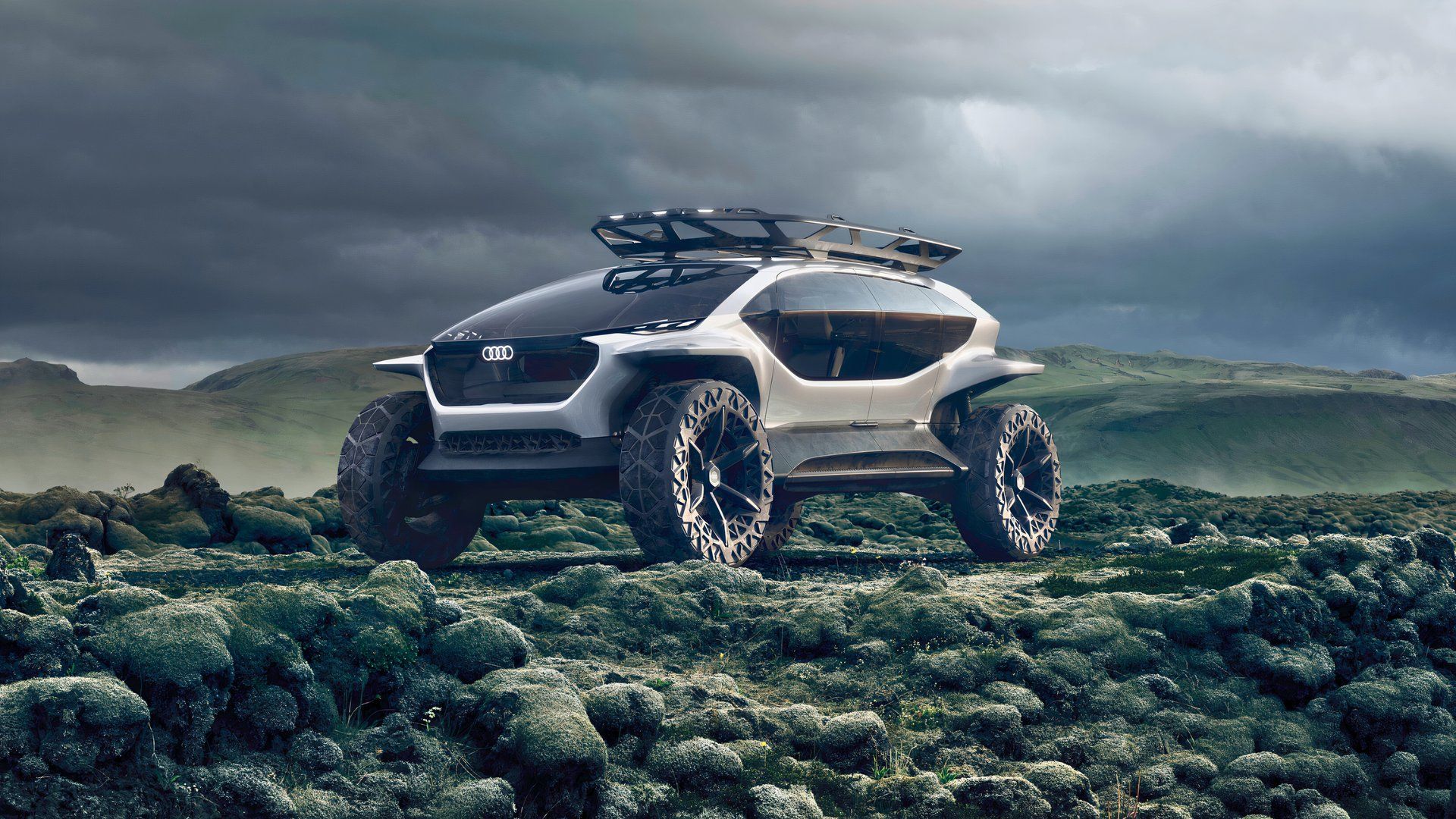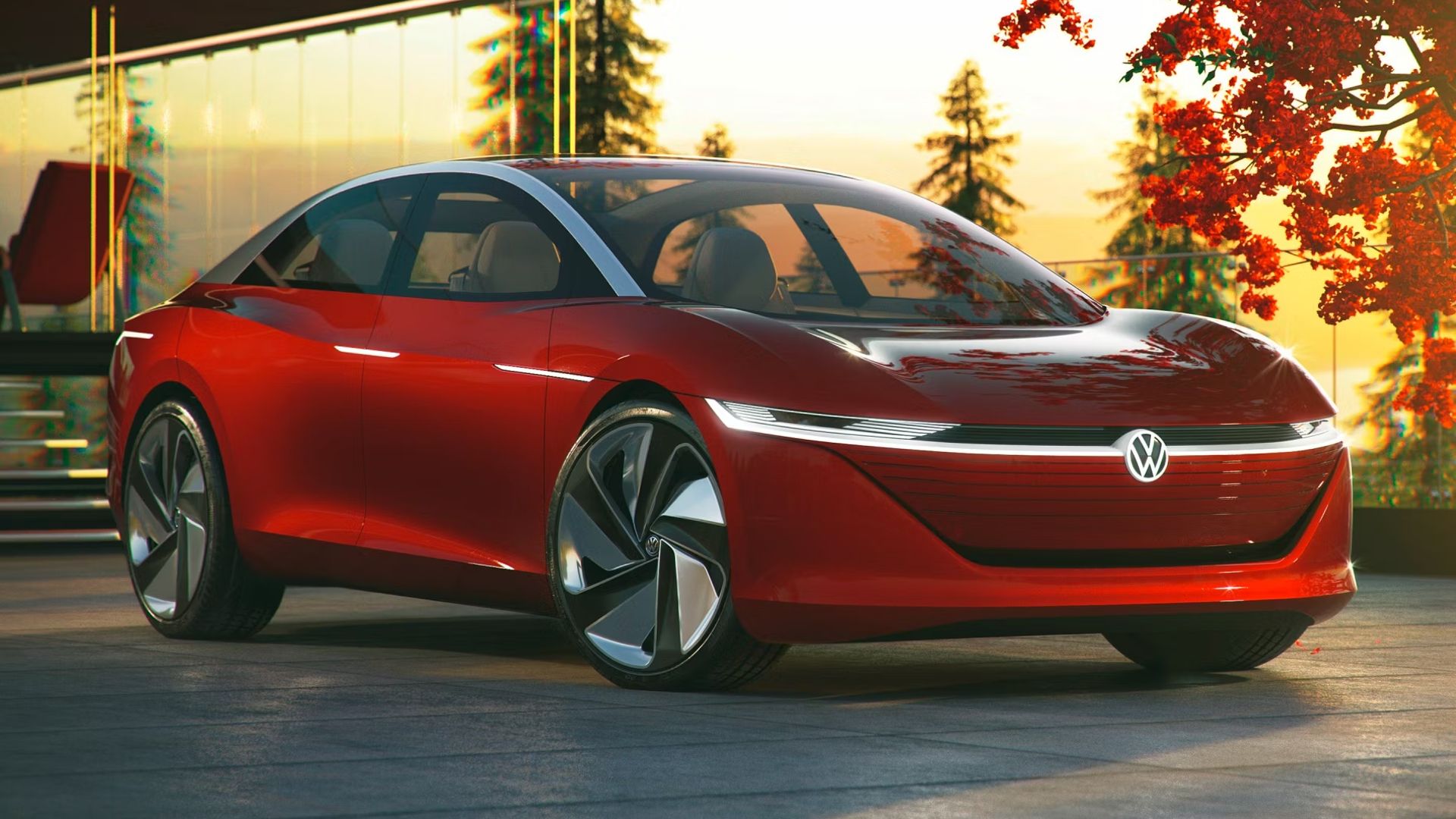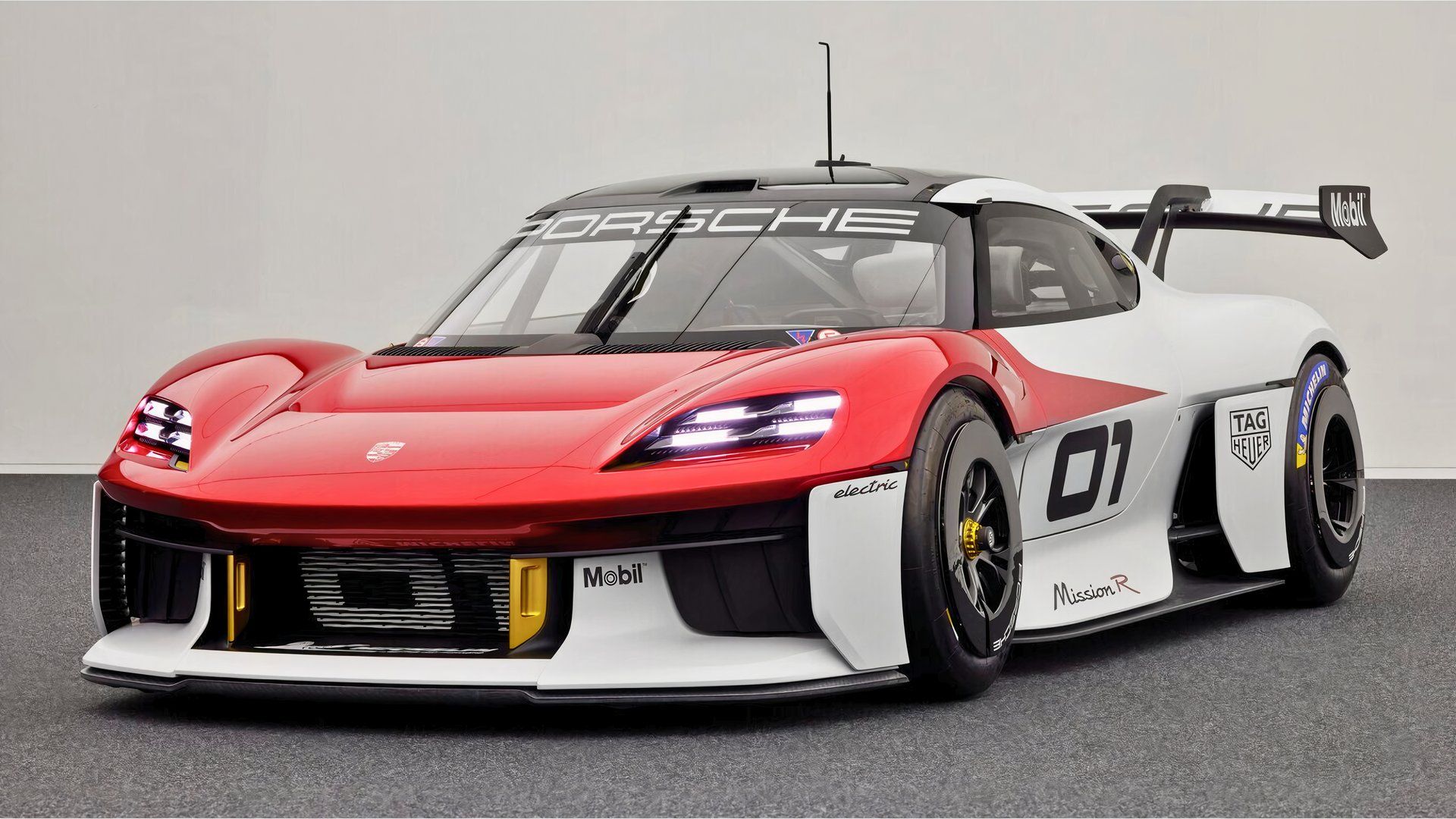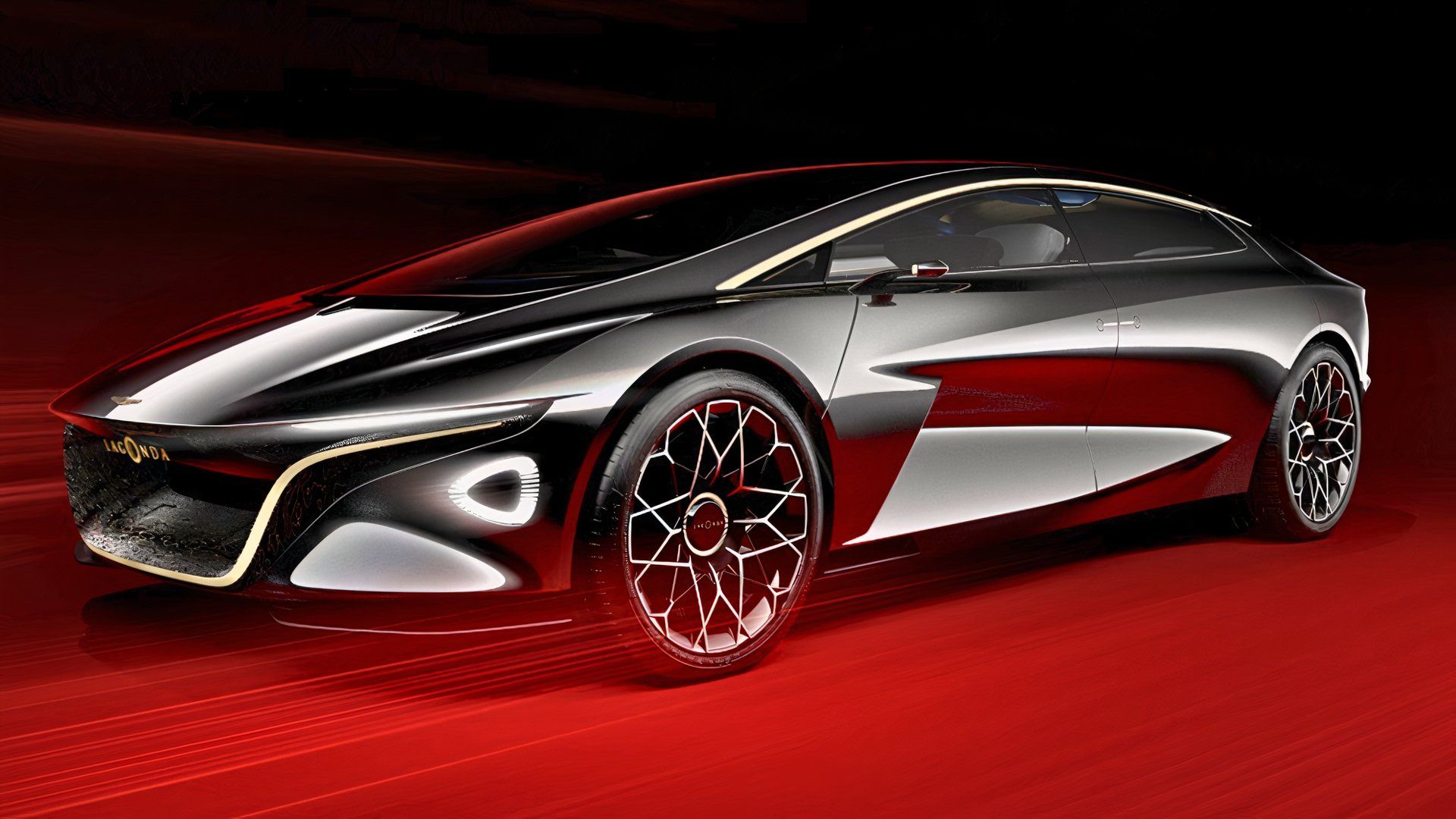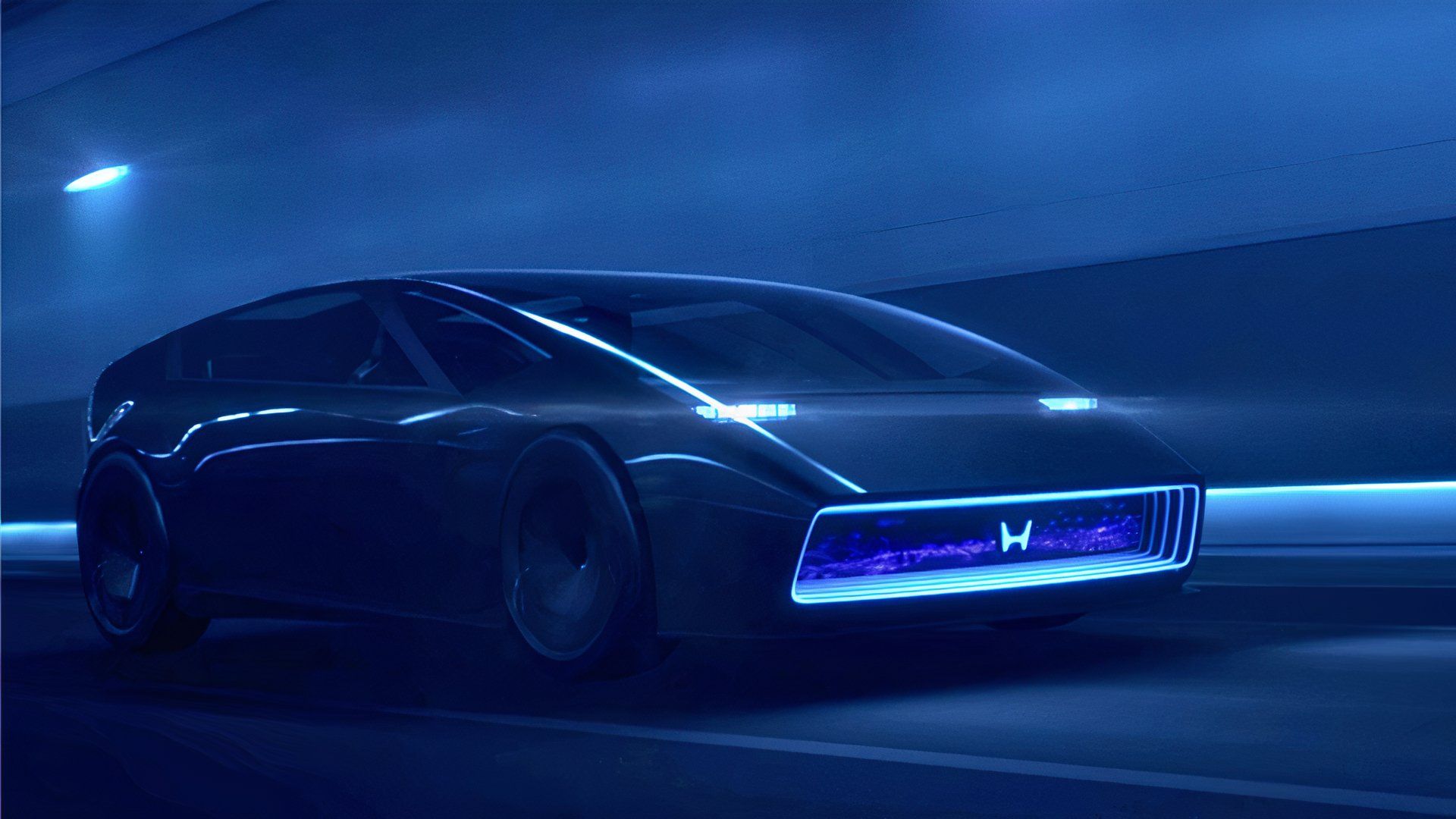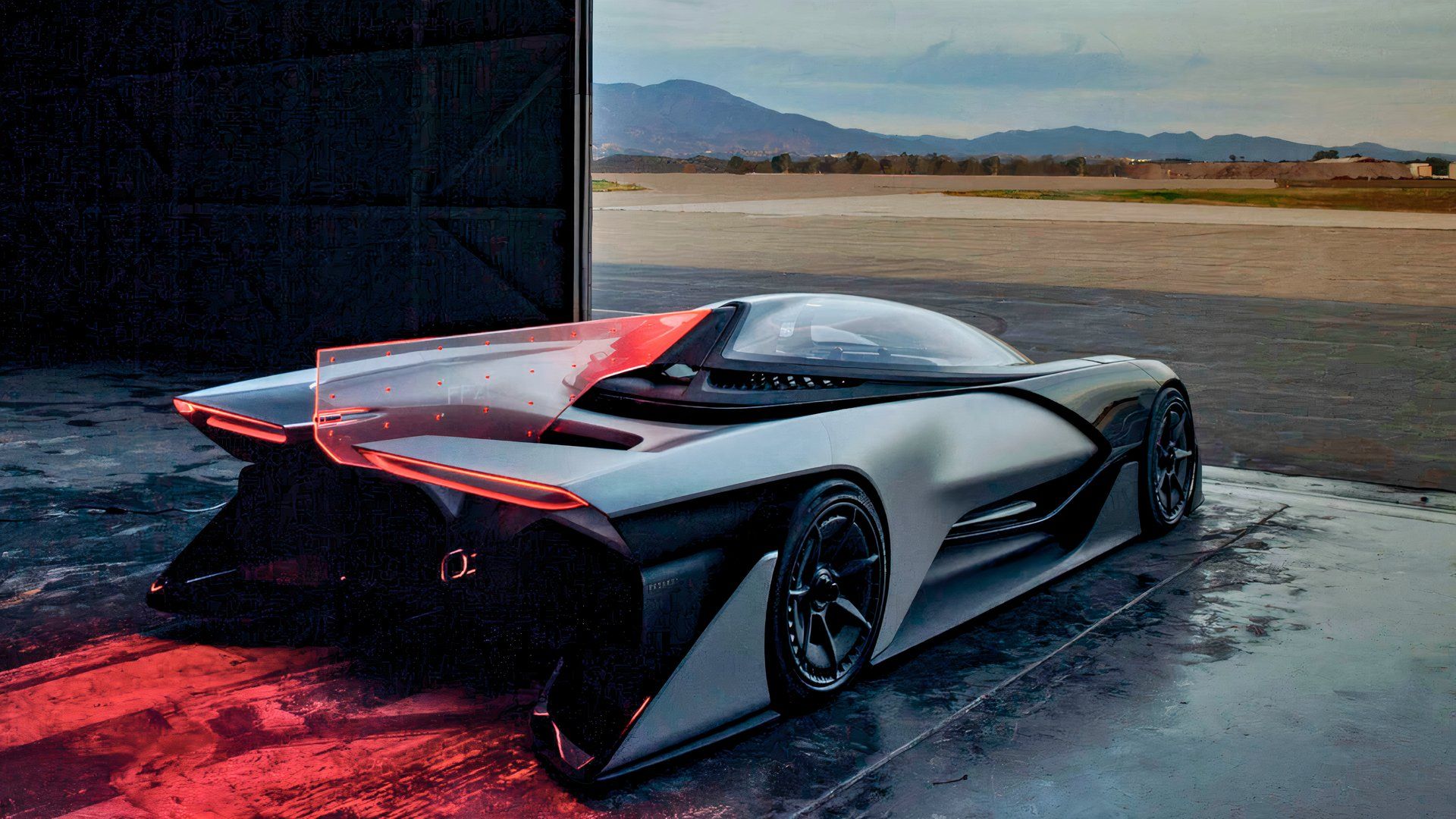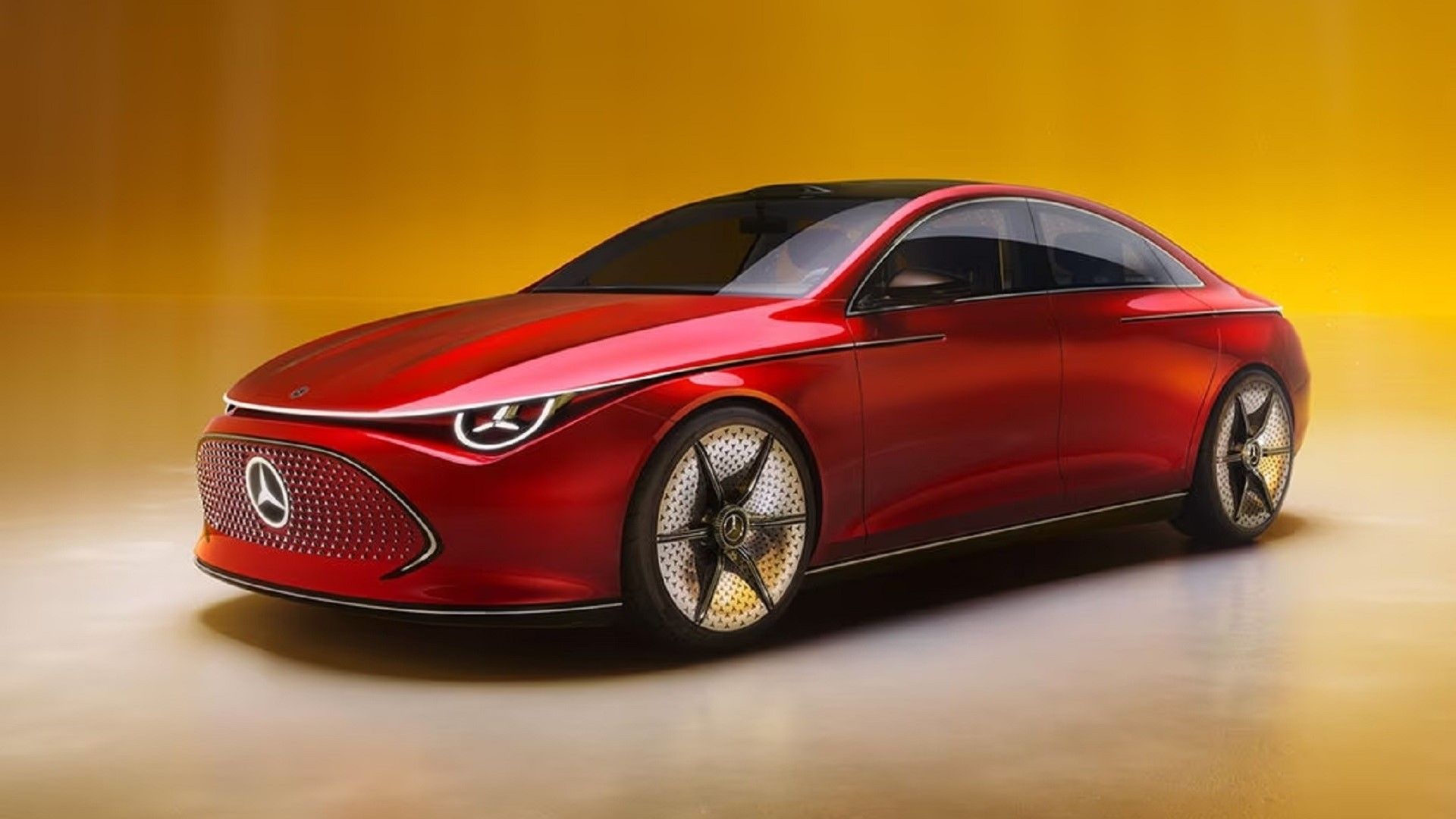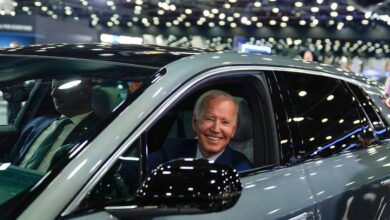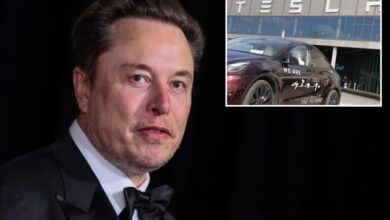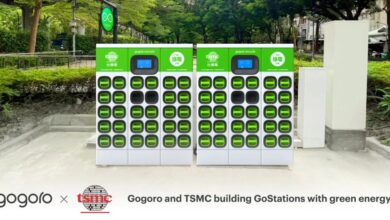10 Electric Car Concepts That Left Us Begging For A Production Model
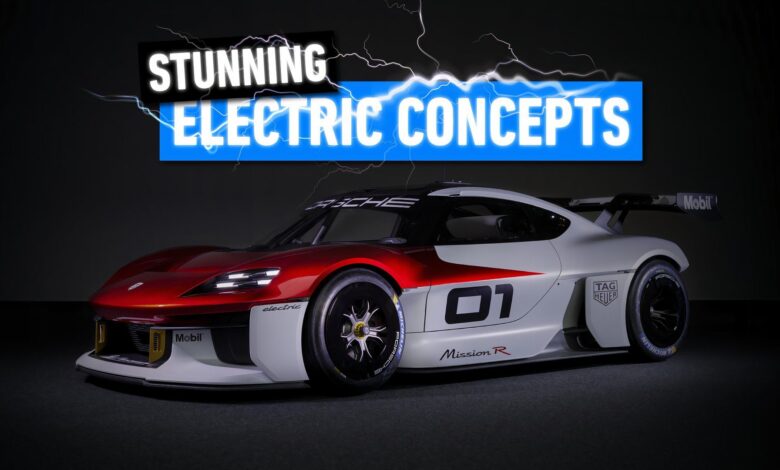
Concept cars are the automotive industry’s playground for innovation and creativity, where manufacturers showcase cutting-edge technology, radical design, and futuristic features. These vehicles often serve as a glimpse into the future, displaying advancements in aerodynamics, materials, and user interface. Concept cars push the boundaries of what is possible, providing a testing ground for new ideas and trends that might shape the production models of tomorrow. They often captivate enthusiasts and the general public alike with their bold aesthetics and visionary approach, offering a tangible look at what the future of transportation might hold.
All-electric concept cars have taken this visionary approach to new heights, leaving enthusiasts and critics eagerly anticipating their potential production versions. These electric marvels not only highlight advancements in battery technology and electric drivetrains but also emphasize sustainability without compromising on luxury or performance. Such concept cars embody the transition towards greener, more efficient vehicles, demonstrating that the future of driving can be both eco-friendly and exhilarating.
In order to give you the most up-to-date and accurate information possible, the data used to compile this article was sourced from various manufacturer websites.
10 Supercar Concepts That Should Have Gone Into Production
With so many reasons why concept cars never make it to production, here are ten supercar concepts that could have changed the industry.
1 Audi AI:TRAIL Quattro
The Audi AI:TRAIL quattro, introduced at the IAA 2019, represents Audi’s vision for future off-road electric vehicles. This concept car features emissions-free driving, four electric motors, and Audi’s signature Quattro all-wheel drive. Designed for automated driving and off-road capabilities, the AI boasts a uniquely glazed cabin for expansive visibility and a strong connection to nature.
Audi AI Concept Specs
|
Motor Setup |
Four electric motors, one per wheel |
|
Road Range |
248-311 miles |
|
Off-Road Range |
155 miles |
|
Horsepower |
429 HP |
|
Torque |
738 pound-feet |
|
Driveline |
AWD |
|
Traction Control |
Electronically coordinated |
|
Gear Ratio |
Designed for ample torque without multi-speed transmission |
|
Additional Features |
Energy flow and consumption monitoring |
Its lightweight body made from high-tech materials ensures robustness and agility, while the large battery capacity provides a significant range. The vehicle’s innovative lighting system includes drones that illuminate the path ahead, highlighting Audi’s commitment to integrating advanced technology with sustainable mobility solutions.
2 BMW Vision iNEXT
The BMW Vision iNEXT, unveiled as a concept vehicle, encapsulates BMW‘s vision for the future of mobility. Designed to be fully electric, highly autonomous, and seamlessly connected, it aims to redefine the driving experience. The iNEXT prioritizes creating a “favorite space” for its occupants, transforming the car’s interior into a versatile, comfortable living area. It features two driving modes: “Boost,” which focuses on the driver, and “Ease,” which creates a more open environment.
BMW Vision iNEXT Specs
- Fully Electric and Highly Autonomous: The BMW Vision iNEXT is designed as a fully electric vehicle that offers highly autonomous driving capabilities
- Innovative Interior Design: The interior is conceptualized as a versatile living space, capable of transforming for relaxation, interaction, entertainment, or concentration
- Dynamic Exterior Styling: Features a Liquid Greyrose Copper exterior that changes shades and integrates BMW i styling elements like the interlinked double-kidney grille and blue accent surfaces
- Shy Tech Integration: Advanced technology remains hidden until needed, maintaining a focus on passenger comfort and seamless user interaction
- Strategic Innovation Fields: Integrates BMW’s strategic areas of Autonomous Driving, Connectivity, Electro-mobility, and Services.
The exterior design emphasizes modern elegance with a striking Liquid Greyrose Copper paintwork and iconic BMW design elements. Innovative technologies are subtly integrated, becoming visible only when needed, ensuring a people-centric approach to future mobility. The iNEXT represents BMW’s commitment to integrating autonomy, connectivity, electrification, and services into its vehicles.
3 Volkswagen ID.Vizzion
Volswagen ID.Vizzion Specs
|
Design DNA |
Based on ID models |
|
Interaction |
Voice commands and augmented reality (AR) |
|
Driving Capability |
Self-driving, fully automated by 2025 |
|
Network Connectivity |
Comprehensive integration into the digital world |
|
Powertrain |
Electric four-wheel-drive |
|
System Power Output |
301 HP |
|
Range |
413 miles |
Unveiled at the Geneva Motor Show, the ID.Vizzion showcases Volkswagen’s forward-thinking approach to mobility. Fully automated driving, anticipated to be achievable by 2025, is a central feature of this model.
The comprehensive network connectivity and absence of a traditional driver underscore its role as a futuristic chauffeur, providing unparalleled freedom and convenience for its passengers. The ID.Vizzion not only marks a milestone in Volkswagen’s electric vehicle lineup but also sets a new standard for luxury and technological sophistication in the automotive industry.
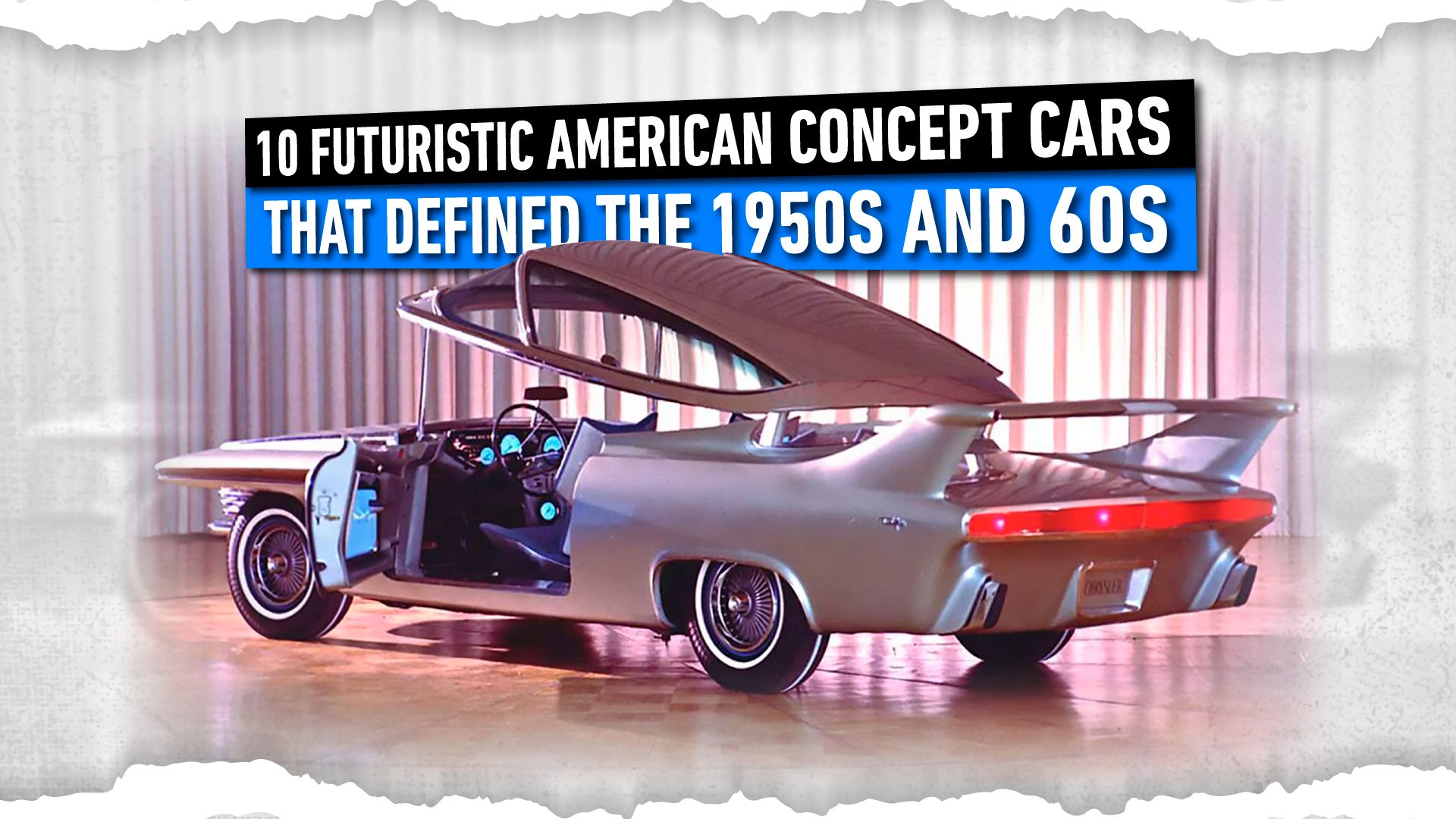
10 Futuristic American Concept Cars That Defined The 1950s And 60s
Envisioning the future automobile, the dawn of the jet age, and the space race inspired U.S. automakers to come up with some radical concept cars
4 Porsche Mission R
The Porsche Mission R is a vision of the future for all-electric customer motorsports, combining high performance with sustainability. This concept car features advanced electric motors with direct oil cooling, allowing it to match the performance of the Porsche 911 GT3 Cup. It boasts a 900-volt battery system that charges rapidly, reaching 80% capacity in about 15 minutes.
Porsche Mission R Concept Specs
|
Powertrain |
2× oil-cooled PMSM |
|
Combined Power Output |
1,073 HP |
|
Battery Capacity |
82 kWh lithium-ion |
|
Torque |
740 pound-feet |
|
0-60 MPH |
2.5 seconds |
|
Top Speed |
190 MPH |
|
Charging Capability |
350 kW from a 900 VDC source (5 to 80% in 15 minutes) |
|
Regenerative Braking |
Up to 800 kW |
The exterior design carries distinctive Porsche DNA, with a sleek, aerodynamic profile and sustainable body parts made from natural fiber-reinforced plastic. Inside, the innovative driver module doubles as a racing simulator, merging real-world racing with esports. The Mission R is a testament to Porsche’s commitment to a CO₂-neutral future, aiming to have over 80-percent of its vehicles equipped with electric motors by 2030.
5 Sony Vision-S 02
The Sony Vision-S represents a groundbreaking venture into the automotive industry by a company renowned for its innovative technology. Despite never having produced a production car before, Sony’s Vision-S concept car showcases a superior quality space in the form of a stunning coupe. Designed with meticulous attention to detail, the Vision-S redefines the future of mobility, prioritizing safety, operability, and immersive experiences, including entertainment, for passengers.
Sony Vision-S 02 Concept Specs
|
Power |
200 kW x 2 (Front / Rear) |
|
Acceleration (0-62 mph) |
4.8 seconds |
|
Maximum Speed (Vmax) |
149 mph |
|
Drive |
All-Wheel Drive |
Boasting a sleek exterior and a meticulously crafted interior, this concept car offers a glimpse into Sony’s vision for the future of transportation. With impressive specifications such as a dual 200 kW powertrain, all-wheel drive system, and advanced safety features, the Vision-S demonstrates Sony’s commitment to pushing the boundaries of automotive technology. While currently a concept, the Vision-S hints at a future where Sony could potentially disrupt the automotive industry with its innovative approach to design and technology.
6 Aston Martin Lagonda Vision Concept
The Aston Martin Lagonda Vision Concept heralds the dawn of a new era in luxury mobility, introducing a paradigm shift towards emission-free luxury vehicles. As the flagship model of Lagonda, the Vision Concept embodies the brand’s commitment to innovation and sustainability. Having been expected to enter production in 2021, the Vision Concept showcased Aston Martin’s vision of the future, where true luxury seamlessly integrates with cutting-edge technology. The design language of the Vision Concept previews what could be seen in potential Lagonda models, presenting a departure from traditional luxury car aesthetics.
Aston Martin Lagonda Vision Concept Specs
|
Range |
Up to 400 miles |
|
Drive |
All-electric |
|
Battery Technology |
Solid-state electric |
|
Charging Technology |
Wireless conductive charging |
|
Autonomous Driving Level |
Level 4 |
With its sleek silhouette and radical interior layout, the Vision Concept redefines spaciousness and comfort, offering a luxurious haven for passengers. Moreover, the Vision Concept anticipates a world of high-level autonomy, where occupants can enjoy a connected and secure environment. Powered by solid-state electric batteries, it promises an impressive range of up to 400 miles, ensuring a seamless travel experience. Lagonda’s heritage of innovation and progressive design is evident in the Vision Concept, setting the stage for a new chapter in luxury automotive history.
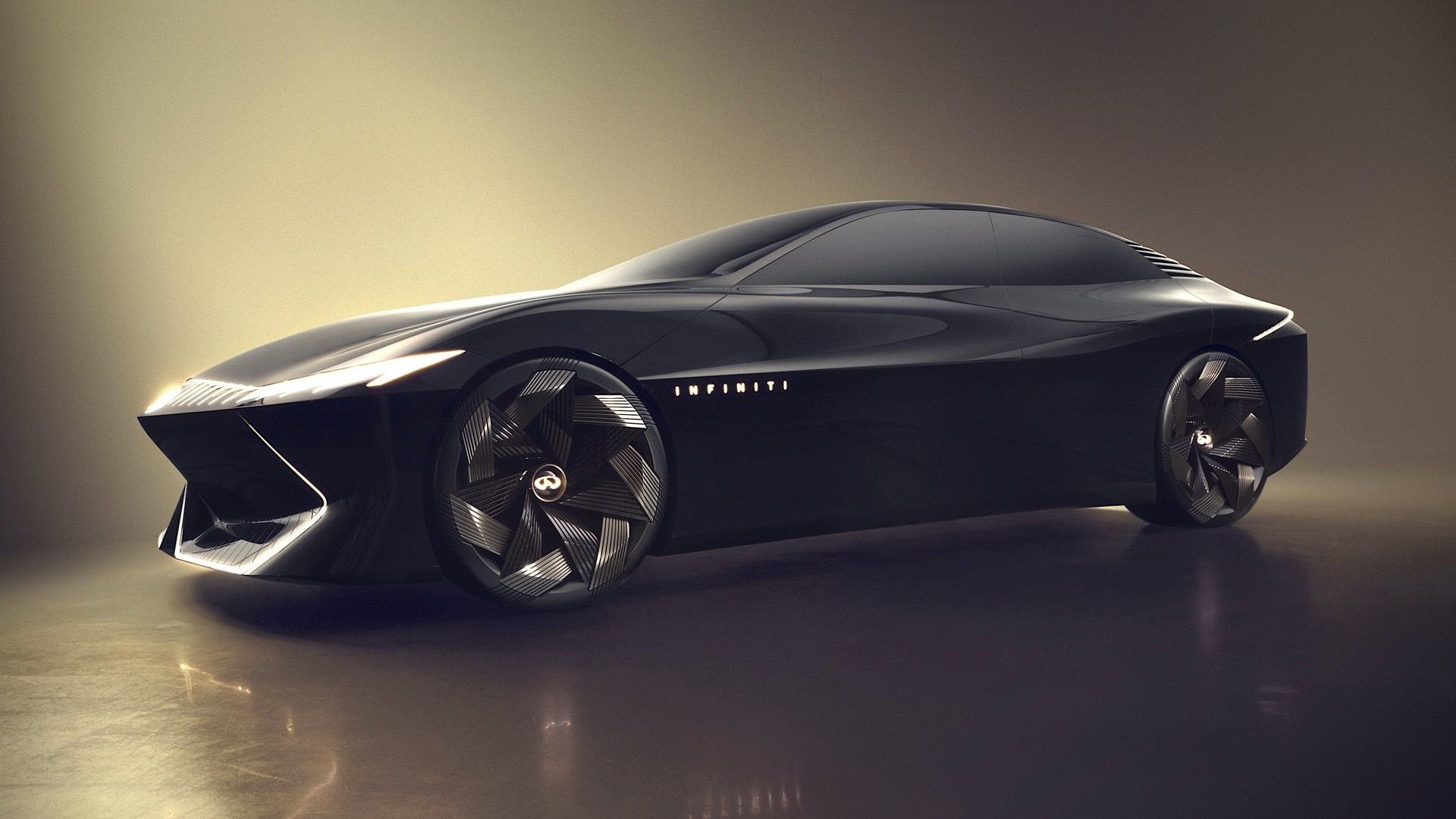
10 Best EV Concepts From The 2023 Japan Mobility Show
Journey through the next generation of electric vehicles with the top EV concepts from the 2023 Japan Mobility Show.
7 Honda 0 Series
The Honda 0 Series, consisting of the ‘Saloon’ and ‘Space-Hub’ models, represents Honda’s innovative approach to building cars for the electrified future by drawing inspiration from its roots as an automaker. The Saloon, resembling a shooting brake, boasts a sleek design with Lamborghini-esque cues, including thin headlights and a futuristic interior featuring a yoke steering wheel and touchpad-equipped headrests. Technical details include level 3 automated driving, fast charging aiming for 10-15 minutes, and minimal battery degradation over time.
Honda 0 Series Concept Highlights
- Features an intelligent instrument panel with a human-machine interface
- Includes posture control, enhancing comfort and ergonomics for occupants
- A motion management system will be integrated, possibly enhancing stability and driving experience
- Saloon model will offer Level 3 automated driving capabilities, enhancing safety and convenience
- Honda aims to reduce the average vehicle charge time from 15 to 80 percent down to 10-15 minutes
- Honda aims to reduce battery degradation to below 10 percent after 10 years of use
- The Space-Hub model will feature a spacious and adaptable cabin with excellent visibility
- The Space-Hub boasts a panoramic roof running the entire length of the car, offering a unique experience
On the other hand, the Space-Hub offers a spacious and adaptable cabin with excellent visibility and a panoramic roof. With plans for a 2026 launch in North America followed by a global rollout, Honda aims for the 0 Series to be a significant step towards its goal of achieving carbon neutrality by 2050.
8 Faraday Future FFZERO1
The Faraday Future FFZERO1 Concept, unveiled at the 2016 Consumer Electronics Show, offered a tantalizing glimpse into the future of connected driving. It’s not just a concept car; it’s a convergence of advanced design and extreme technology aimed at serving the driver’s needs.
With a focus on user experience (UX), the FFZERO1 features an intuitive user interface (UI) that prioritizes driver safety by displaying important information attractively and preemptively. Smartphone connectivity allows for real-time data visualization and interaction, while the interior is sculpted around the driver, offering a zero gravity driving position inspired by NASA’s design.
Faraday Future FFZERO1 Concept Highlights
- Intuitive user interface (UI) prioritizing driver safety
- Zero gravity driving position inspired by NASA design
- Variable Platform Architecture (VPA) supporting a varied fleet of vehicles
- Sculpted by aerodynamics for driving performance and efficiency
Underneath its sleek exterior lies an innovative Variable Platform Architecture (VPA) powertrain, supporting a varied fleet of vehicles with a modular battery structure. Sculpted by aerodynamics, the FFZERO1’s form not only enhances driving performance and efficiency but also serves as a digital canvas, displaying crucial vehicle information. With its blend of cutting-edge technology and futuristic design, the FFZERO1 Concept embodies Faraday Future’s vision for the future of driving.
9 Lamborghini Terzo Millennio
The Lamborghini Terzo Millennio is a groundbreaking electric concept car developed by Lamborghini in collaboration with the Massachusetts Institute of Technology (MIT). Unveiled in November 2017, this hypercar features a futuristic design by Mitja Borkert, incorporating advanced technologies aimed at redefining super sports cars. It utilizes high-capacity supercapacitors for rapid energy storage and release, with electric motors mounted on each wheel to provide precise torque control.
Lamborghini Terzo Millenio Concept Specs
|
Powertrain |
Quad-motor, one mounted on each wheel |
|
Torque Control |
Individual torque control at each wheel |
|
Driveline |
AWD |
|
Autonomous Capabilities |
Autonomous system for racetrack driving; teaches driver using a “ghost car” |
|
Body Material |
Entirely carbon-fiber |
The Terzo Millennio includes autonomous driving capabilities for racetrack optimization and showcases innovative materials like carbon fiber for its self-healing body panels. This concept car exemplifies Lamborghini’s vision for the future, blending cutting-edge technology with the brand’s iconic design elements.
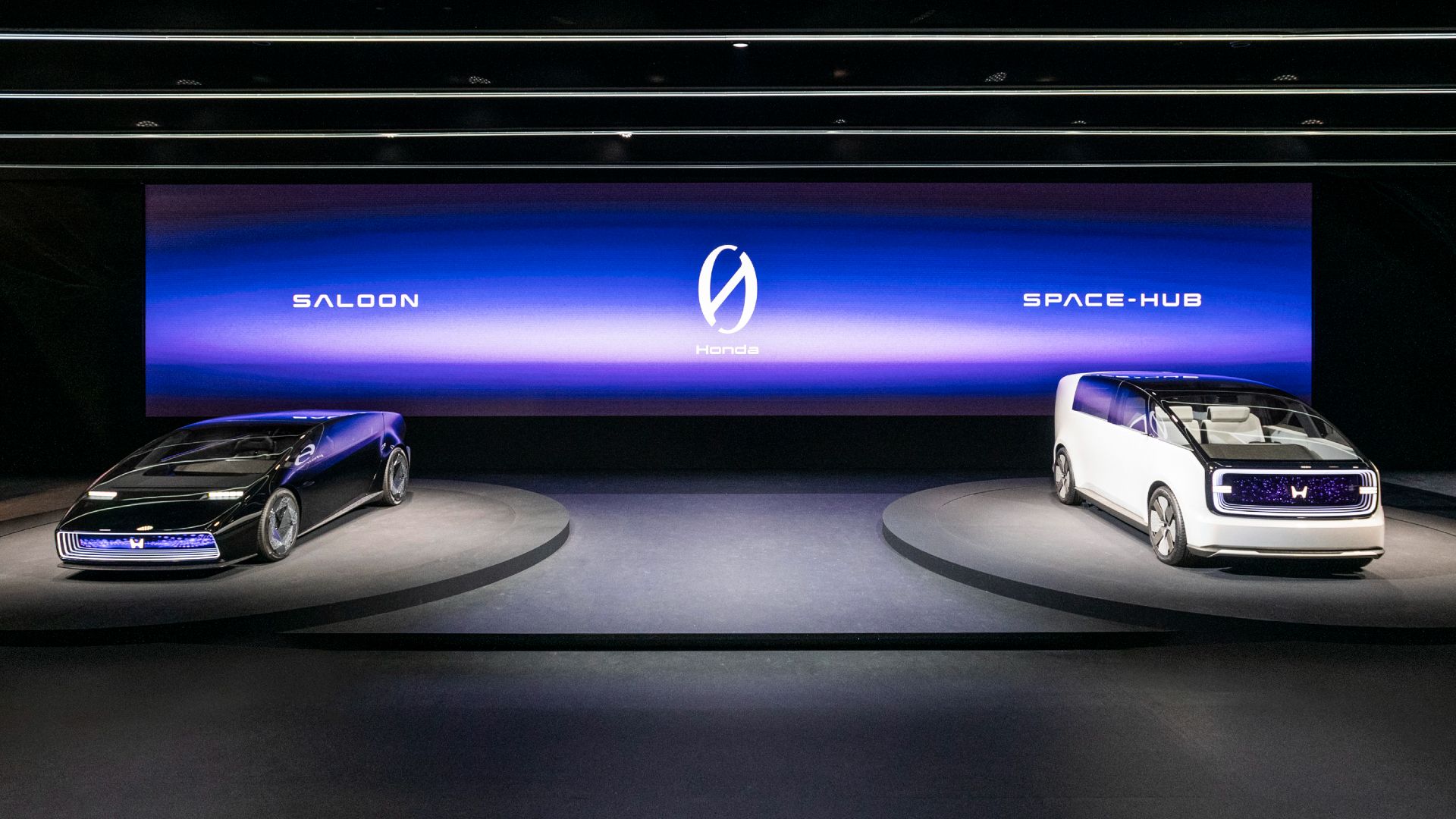
Honda Previews Its EV Ambitions With Two New Concepts At The 2024 CES
Honda unveils ‘Saloon’ and ‘Space-Hub’ concepts, reimagining electric vehicles with performance, space, and a new EV platform.
10 Mercedes-Benz Concept CLA Class
The Mercedes-Benz Concept CLA Class, unveiled at IAA Mobility 2023 in Munich, exemplifies the future of electric mobility and innovation for the brand. Built on the new Mercedes-Benz Modular Architecture (MMA) platform, this concept car heralds a new family of all-electric vehicles, including a four-door coupé, a shooting brake, and two SUVs.
Mercedes-Benz Concept CLA Class Specs
|
Platform |
Mercedes-Benz Modular Architecture (MMA) |
|
Battery Voltage |
800V |
|
Range |
466 miles |
|
Energy Consumption |
12 kWh/100 miles |
|
Drivetrain |
Next-generation electric-drive system |
It boasts a remarkable range of over 466 miles on a single charge and features next-generation electric-drive technology with advanced battery cell chemistry and 800V system efficiency. The interior prioritizes user experience with the innovative MBUX Superscreen and sustainable materials. Designed for safety and comfort, the Concept CLA Class underscores Mercedes-Benz’s commitment to sustainability, aiming for net carbon neutrality by 2039.
